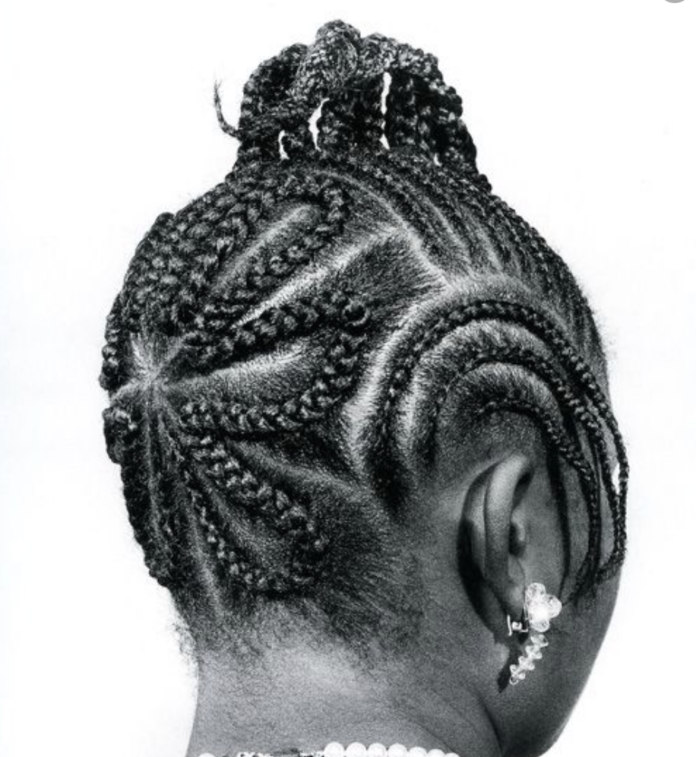While today cornrows are just another cool hairstyle, not so long ago they played a major part in the struggle for freedom and even saved lives, no less! Let’s take a journey through history to discover the fascinating and little-known story behind cornrows and their use as a secret communication channel.
The Use of Braids in South America during Slavery
During the slavery era in South America, braids were used to convey well-encrypted messages. For example, in Colombia, a slave who wanted to indicate to her friends that she planned to escape wore braids in a style called “de-partes” (departs in French), whose characteristic was thick and very tight braids to each other and the scalp, and were gathered into a ponytail above. This hairstyle was used as a signal to fellow slaves that an escape was being planned, and the slave with the hairstyle was the leader of the plan.
The Cornrows Hairdo as a Map to Escape
Moreover, cornrows hairdo was used by enslaved Africans to create maps of secret trails to escape the plantations and their guards. The intricate patterns and direction of the braids indicated the path to follow to reach freedom. Slaves also used landmarks such as trees, rocks, and rivers as markers in the braid patterns to make sure they were on the right track.
The braids were often removed once the escape was successful, and the escapees would start a new life. But before they left, they hid gold, seeds, and other useful items in their braids, which helped them survive and start their new lives.
Bonus Fact 1: Hiding Gold and Seeds in Braids
As mentioned earlier, slaves used to hide gold and seeds in their braids to help them survive and start a new life. Gold was valuable because it could be sold for money, and seeds were used to start new farms and grow food. The seeds were also used as a way to communicate with other escaped slaves, as different types of seeds were used to represent different messages.
Bonus Fact 2: Braids as a Social Signifier in Europe
In Europe, braid patterns and hairstyles were used to denote a person’s tribe, age, marital status, wealth, social stature, religion, and more. For example, in Viking culture, unmarried girls wore their hair loose, while married women wore their hair in braids. In ancient Greece, the style and number of braids were used to denote a person’s social status.
Conclusion
In conclusion, cornrows hairdo is not just a cool hairstyle, but it has a rich history that is often overlooked. During the slavery era in South America, it was used to convey encrypted messages and create maps of secret trails to escape plantations. Additionally, braids were used to hide gold and seeds, which helped escaped slaves start new lives. In Europe, braid patterns and hairstyles were used to denote social status, religion, and more. We hope this article has provided you with a fascinating insight into the history of cornrows and the hidden messages they once conveyed.

